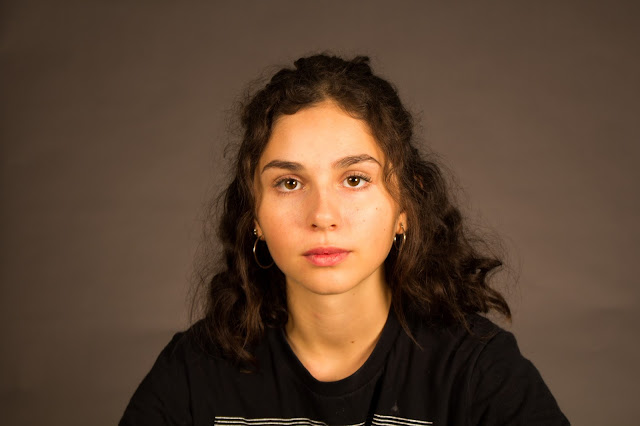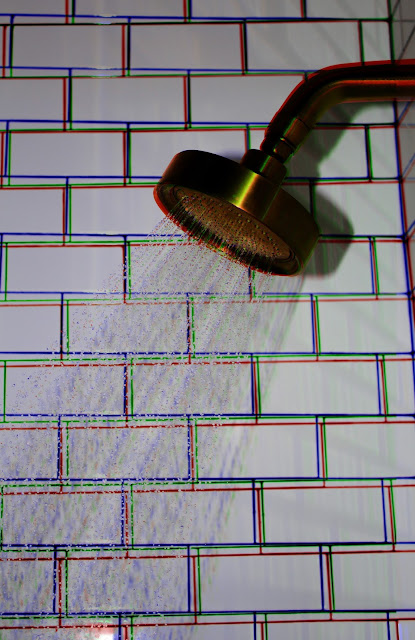Photographer Essay: Richard Avedon
Richard Avedon was an American fashion photographer who published work from the 1940’s to the 1990’s. His work is said to have defined American fashion photography and helped to establish what it is today.
Avedon was born in New York City on May 15, 1923 to a Jewish family. His father, Jacob Israel Avedon, was a Russian immigrant who owned a successful retail business called Avedon’s Fifth Avenue; his mother came from a family who owned a dress manufacturing business. Richard’s parents encouraged him in his love for fashion and their experiences with fashion both inspired him and introduced him to the art to begin with.
Avedon began photography at age 12 when he joined a Young Men’s Hebrew Association photography club, shooting with a Kodak Box Brownie. Avedon’s first muse was his sister, who suffered from severe schizophrenia and had to undergo copious amounts of psychiatric treatment. Both his exposure to fashion by his parent’s and his early work in dark subjects influenced his photography throughout his career.
After graduating from DeWitt Clinton High School in the Bronx, Avedon attended Columbia University to study poetry and philosophy, but dropped out after one year. He then started as a photographer for the Merchant Marines, taking ID shots of the crewmen with the Rolleiflex camera his father had given him as a gift. From 1944 to 1950 Avedon studied photography with Alexey Brodovitch at his Design Laboratory at The New School for Social Research.
In 1944, Avedon began working as an advertising photographer for a department store, but was quickly endorsed by Alexey Brodovitch, who was art director for the fashion magazine Harper's Bazaar. In 1946, Avedon had set up his own studio and began providing images for magazines including Vogue and Life. He soon became the chief photographer for Harper's Bazaar. Avedon took a new perspective on fashion photography, where instead of models looking lifeless and indifferent, he portrayed them full of emotion; models were often smiling and laughing, and, many times, in an outdoor setting, which had never been done before. By the late 1950’s, Avedon began shooting primarily in a studio, mainly using strobe lighting.
In 1962, Avedon began shooting primarily for Vogue, shooting almost all of the cover photos until 1973. He worked heavily with Versace and fifteen-year-old model Brooke Shields, shooting her Calvin Klein ads and Versace modeling. In addition to his fashion work, Avedon began shooting activists in the 1960’s. Avedon shot studio portraits of civil rights workers, politicians, and activists, later moving to patients in psychiatric hospitals, Vietnam War protesters, and eventually the fall of the Berlin Wall.
In 1964, Avedon released a book with James Baldwin called “Nothing Personal,” which discussed the complexities of the American Experience. During this period, Avedon also created two well known sets of portraits of The Beatles; the first, taken in 1967, became one of the first major rock poster series and consisted of five psychedelic portraits of the group. The next year he photographed the much more restrained portraits that were included with The Beatles LP in 1968. Avedon shot a number of musicians such as Janis Joplin, Electric Light Orchestra, The Band, and Bob Dylan. Avedon continued fashion photography throughout this time, including a project with Dior that played on the idea of movie stills capturing the life of the “Dior Family”. Avedon also created a series of mural groupings featuring some of the most influential figures of the time period: Andy Warhol with the players and stars of The Factory; The Chicago Seven, political radicals charged with conspiracy to incite riot at the 1968 Democratic National Convention; the Beat poet Allen Ginsberg and his extended family; and the Mission Council, a group of military and government officials who governed the United States' participation in the Vietnam War. Avedon became the first staff photographer for The New Yorker, and published images of Marilyn Monroe, Hillary Clinton, Toni Morrison, a nude Charlize Theron, and Saul Bellow. Avedon’s work with Audrey Hepburn is also very well-known and influential.
One of Avedon’s best-known projects was titled In the American West, and consisted of portraits of drifters, miners, cowboys, truckers, and other rural figures of the American west and south. The photographs were often printed incredibly large, sometimes measuring over three feet in height. A heart condition that began at the time forced Avedon to take a new perspective on his photography, and he has said this was a major influence on this project.
On October 1, 2004, Avedon died in a San Antonio, Texas hospital of complications from a cerebral hemorrhage. He was in San Antonio shooting an assignment for The New Yorker. At the time of his death, he was also working on a new project titled Democracy to focus on the run-up to the 2004 U.S. presidential election.
Avedon’s perspective on portrait photography shaped both American fashion photography and portraits as a whole. Avedon was always interested in how portraiture captures the personality and soul of its subject. His portraits are distinguished by their minimalist style, where the person is looking squarely at the camera, posed in front of a sheer white background. By eliminating the use of soft lights and props, Avedon was able to focus on the inner worlds of his subjects evoking emotions and reactions. He would at times evoke reactions from his portrait subjects by guiding them into uncomfortable areas of discussion or asking them psychologically probing questions. Through these means he would produce images revealing aspects of his subject's character and personality that were not typically captured by others, revolutionizing the photography world.





Comments
Post a Comment